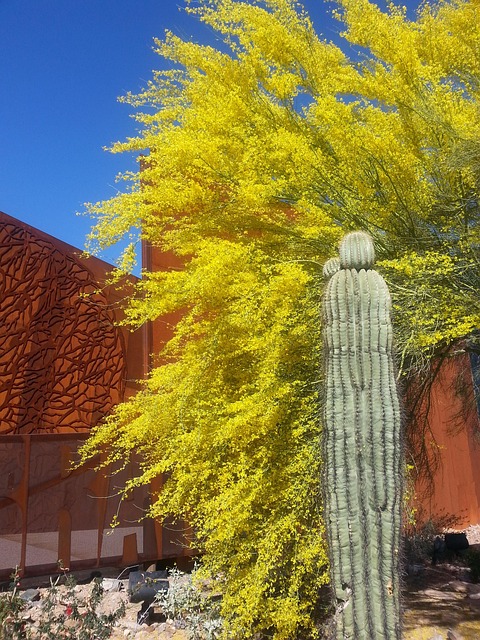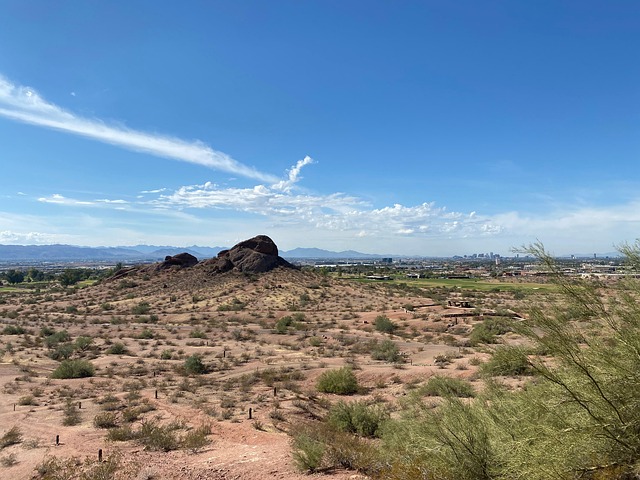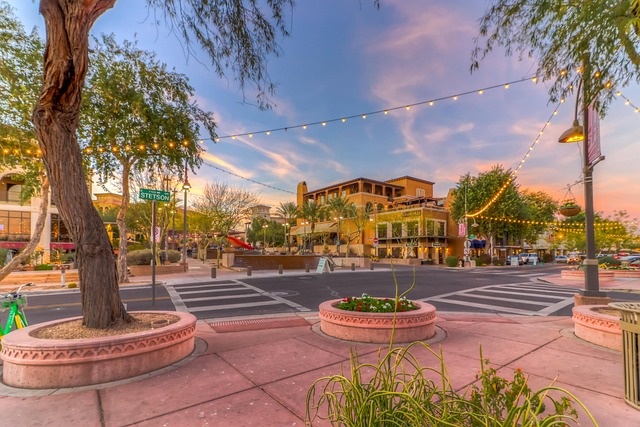Vibrant arts districts have revitalized urban real estate, attracting residents and investors with their unique blend of creativity, diversity, and community engagement. These neighborhoods offer stunning galleries, cultural spaces, and mixed-use developments, significantly boosting property values and economic growth. The economic impact benefits surrounding businesses, making arts districts attractive investment opportunities. Real estate developers play a crucial role in integrating artistic spaces with residential and commercial properties, fostering innovation, and promoting sustainability through green spaces, trends, and accessibility.
Discover the transformative power of arts districts in urban real estate. These vibrant hubs not only enhance the aesthetic appeal of neighborhoods but also drive property values higher. This article explores the multifaceted benefits of integrating galleries and creative spaces, delving into strategies for developing and sustaining a thriving arts district. By examining successful examples, we’ll uncover how these cultural landmarks can revitalize entire communities, making them desirable destinations for residents and visitors alike.
The Attractiveness of Arts Districts in Urban Real Estate

The emergence of vibrant arts districts has become a compelling aspect in urban real estate, attracting both residents and investors alike. These dynamic neighborhoods offer more than just visually stunning galleries and cultural spaces; they embody a unique blend of creativity, diversity, and community engagement that enhances the overall quality of life. The appeal lies not only in the artistic expression but also in the way these districts revitalize areas, encouraging foot traffic and fostering economic growth.
Real estate experts recognize the significant impact arts districts have on property values and urban development. The presence of galleries, studios, and cultural venues creates a desirable environment that attracts young professionals, artists, and culture enthusiasts, driving up demand for housing. This trend has led to innovative mixed-use developments, where residential spaces coexist harmoniously with artistic amenities, further solidifying the appeal of these urban centers.
Galleries as Key Amenities: Boosting Property Values

Galleries and arts districts have become key amenities that significantly boost real estate values in urban areas. The presence of these cultural hubs attracts a diverse range of individuals, from artists and collectors to art enthusiasts and investors, who are drawn to the vibrant atmosphere and unique lifestyle that such neighborhoods offer. With an abundance of galleries showcasing local, national, and international artists, these districts have become not just places to live, but also dynamic destinations that foster creativity and cultural exchange.
The economic impact of arts districts is substantial. Galleries attract foot traffic and generate revenue for surrounding businesses, creating a positive feedback loop that enhances the overall desirability of the area. Property values tend to rise in these neighborhoods due to increased demand from buyers seeking a unique lifestyle and the potential for continued artistic growth and community engagement. This, in turn, makes arts districts attractive investment opportunities, further solidifying their position as integral parts of modern urban landscapes.
Developing and Sustaining a Vibrant Arts District

A thriving arts district is a dynamic hub that attracts artists, galleries, and art enthusiasts, fostering creativity and cultural exchange. Developing such an area requires careful planning and collaboration from various stakeholders within the real estate industry. By integrating artistic spaces with residential and commercial properties, it becomes possible to create a vibrant ecosystem where artists can live, work, and inspire one another. This synergy encourages constant innovation and attracts investors keen on supporting cultural initiatives.
Sustainability is key to keeping the arts district vibrant. Regular community events, partnerships with local businesses, and strategic marketing campaigns help maintain foot traffic and public interest. Additionally, offering a diverse range of art forms and exhibitions caters to a broad audience, ensuring the district’s appeal over time. Real estate developers play a pivotal role in this by adapting to evolving trends, incorporating green spaces, and ensuring accessibility for all visitors.






